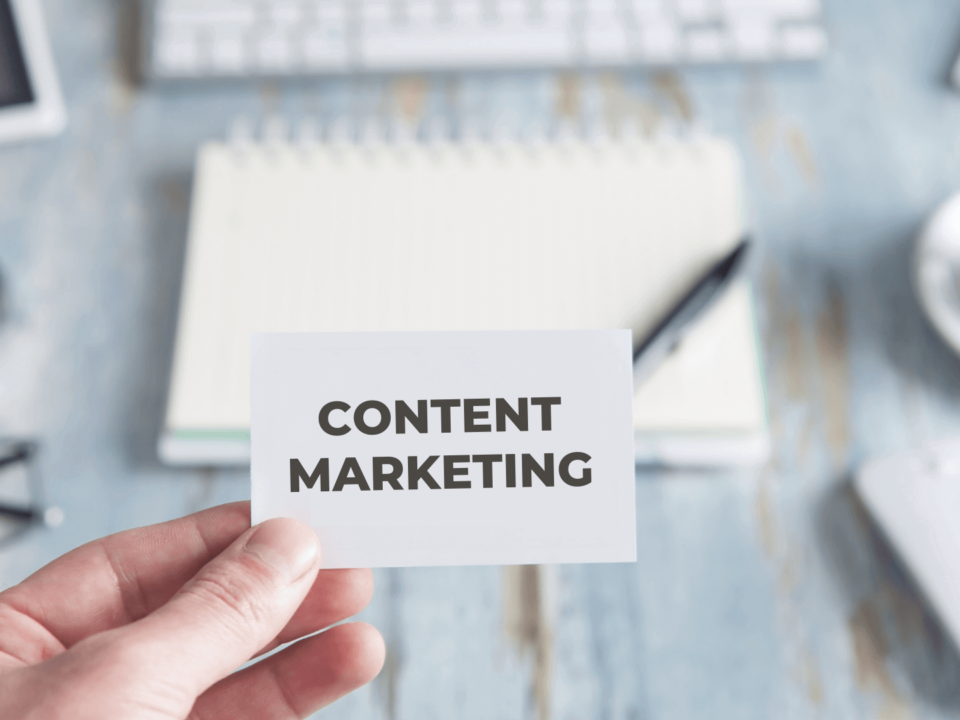The Ultimate Guide to Google Ads
In the dynamic landscape of online advertising, staying well-versed in Google Ads terminology is essential for campaign management and maximizing your advertising investment. Understanding Google Ads terminology is crucial for business owners to manage their campaigns and provide constructive feedback effectively.
As we dive into the key definitions, you’ll gain:
- Valuable insights into the intricacies of Google Ads
- The ability to make informed decisions
- A more comprehensive understanding of digital advertising
Here are some key terms and definitions that will help you navigate Google Ads and make it easier for you to provide your team with clear feedback that aligns with best practices:
Ad Sets
Although “ad sets” are more commonly used within Facebook advertising, it’s essential to understand that they are equivalent to Google Ads. The closest concept to an ad set in Google Ads would be an Ad Group. An ad group is a container within your campaign that allows you to target a specific set of keywords or placements and contains one or more ads. It lets you set a budget, bidding, and targeting preferences for a group of ads within a campaign.
Ad Extensions
Ad Extensions are additional information that can be added to Google Ads, enhancing your advertisements with more relevant details for potential customers. These can include contact information (call extensions), additional links to specific parts of your website (site link extensions), your business’s location information (location extensions), and more. Ad Extensions improve the visibility and effectiveness of your ads by providing users with more reasons to interact with your ad.
Clicks
A click in Google Ads terminology refers to the action a user takes when they click on your ad. This metric is crucial as it directly relates to how effectively your ad drives traffic to your desired destination, be it your website, a landing page, or a product listing.
Cost Per Click (CPC)
Cost Per Click (CPC) is the amount you pay each time someone clicks on your ad. In Google Ads, you can choose between manual CPC, where you set your bid amounts, and automated CPC, where Google adjusts your bids to try to maximize clicks within your budget. This metric is vital for understanding the efficiency of your ad spend about your traffic acquisition.
1. Campaign
A campaign is the highest level of organization within a Google Ads account. It’s where you set your overall goal (such as driving traffic to your website, increasing sales, or generating leads), budget, and other settings that apply to the entire campaign. Each campaign can contain one or more ad groups.
2. Ad Group
An ad group is a container for your ads and keywords. It allows you to group related ads together within a campaign to target a specific set of keywords. This helps in organizing your ads more efficiently and targeting your audience more effectively.
3. Keywords
Keywords are words or phrases that trigger your ads to appear when people search for those terms or visit websites with related content. Choosing the right keywords is crucial for reaching your target audience.
4. Click-Through Rate (CTR)
CTR is the ratio of users who click on your ad to the number of total users who viewed the ad (impressions). It’s an indicator of how well your ads are performing in terms of attracting users’ attention.
5. Quality Score
Quality Score is a metric used by Google to determine the relevance and quality of your ads and keywords. It’s based on your ad’s CTR, keyword relevance, landing page quality, and other factors. A higher Quality Score can lead to lower CPCs and better ad positions.
6. Impressions
Impressions refer to the number of times your ad is shown on a search result page or another site on the Google Network. It’s a measure of how often your ad is being seen.
7. Ad Relevance
Ad Relevance is an evaluation of how closely your keyword matches the message in your ads. Google assigns a status such as “below average,” “average,” or “above average” to indicate this. Improving ad relevance can enhance your Quality Score.
8. Conversion Rate
The conversion rate is the percentage of clicks that result in a desired action, such as a purchase or a sign-up. It’s a critical measure of your ads’ effectiveness in driving users to complete your desired goal.
9. Performance Max campaigns
This is a campaign type that allows advertisers to access all of Google Ads inventory from a single campaign, optimized towards the advertiser’s goals using Google’s machine learning technology. It’s designed to complement your keyword-based search campaigns to help you find more converting customers across Google’s channels.
By familiarizing yourself with these terms, you can better understand your Google Ads account’s performance, enabling you to provide precise and valuable feedback on your ads’ features, strategy, and messaging. This knowledge empowers you to make informed decisions to optimize your campaigns effectively.
When managing Google Ads campaigns, business owners can significantly benefit from understanding best practices and how various aspects of campaigns work. Here are some insights based on common questions and best practices derived from the sources mentioned:
Best Practices for Google Ads Campaigns
- Use High-Quality Images: Choose clear, full-colored images that are naturally composed. Avoid blurry or low-quality images as they can negatively impact your ad’s performance (Leadsbridge).
- Account Structure and Keywords: Ensure your account is well-structured with the right keywords. Avoid broad keywords to minimize irrelevant traffic. Make sure conversions are tracking properly to accurately measure success (Reddit: PPC).
- Responsive Search Ads: Implement at least one responsive search ad with ‘Good’ or ‘Excellent’ Ad Strength per ad group. Improving Ad Strength can significantly enhance your campaign performance (Google Ads Help).
- Segmentation and Testing: Have dedicated ads and landing pages for each customer segment. Test different keyword match types to find what works best for your target audience (Claire Jarrett).
Addressing FAQs
- Activation Time: Google Ads campaigns typically become active almost immediately after you’ve set them up. However, it may take a few hours for your ads to start receiving impressions due to the review process.
- Dynamic Ads: Dynamic ads automatically generate ad content based on your website content. They are useful for targeting customers with specific, personalized ads without having to create each ad manually. This approach can save time and improve ad relevance.
- Changing Campaigns: It’s wise to review and adjust your campaigns at least once a month. However, the frequency of changes should be based on performance data. Too frequent changes can disrupt data collection, making it harder to assess what works.
- Results Timeline: The time it takes to see results from Google Ads can vary. Some businesses may see immediate results, while others may need weeks or months. It depends on factors like your industry, competition, and how well your campaigns are optimized.
- Keyword Strategy: Using keywords effectively involves balancing specificity and reach. While specific keywords can drive highly qualified traffic, they often have lower search volumes. Broad keywords increase visibility but can attract less relevant clicks. The strategy often involves using a mix to capture both targeted and broader audiences.
- Specific vs. Broad Keywords: Teams might opt for less specific keywords to broaden the campaign’s reach. The goal is to capture a larger audience that might be interested in your offering but isn’t searching using very specific terms. This approach can increase brand awareness and potentially capture more leads.
Summary
Understanding these best practices and the rationale behind certain strategies can help business owners provide constructive feedback on their Google Ads campaigns. It empowers them to collaborate more effectively with their marketing teams or agencies to refine their advertising efforts for better results.
Additionally, by gaining insights into Google Ads best practices, business owners can:
- Optimize their ad budgets
- Target the right audience
- Enhance overall campaign performance
A thorough understanding of Google Ads‘ best practices lets business owners stay abreast of industry trends and algorithm updates, ensuring their campaigns remain competitive and adaptable in the dynamic digital advertising landscape. This proactive approach fosters a strengthened partnership between business owners and marketing teams and positions businesses for long-term success in the online marketplace.




